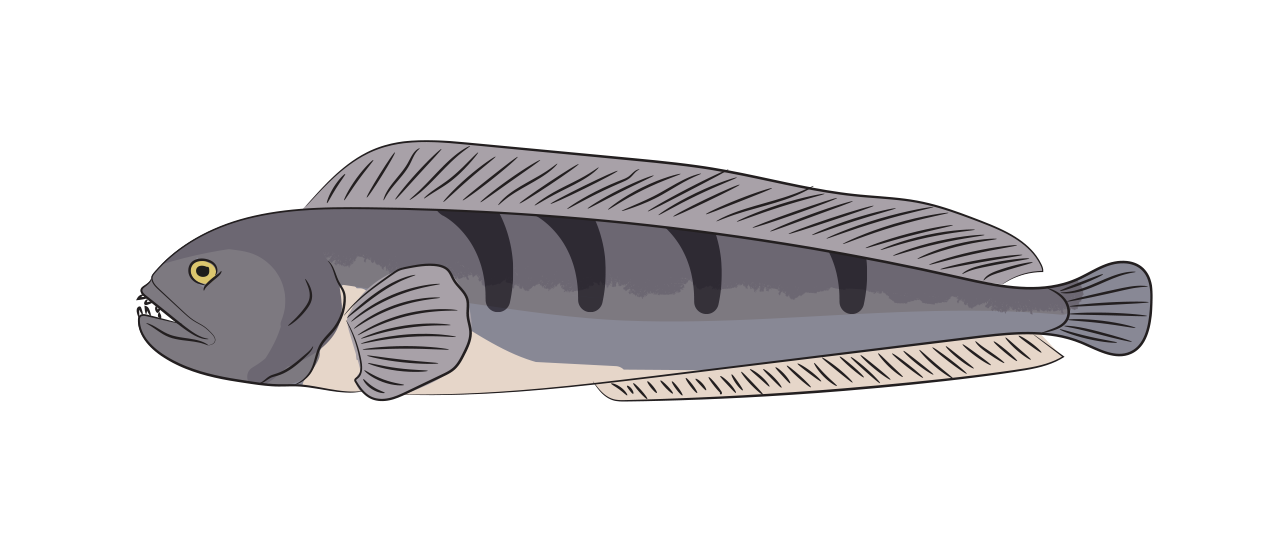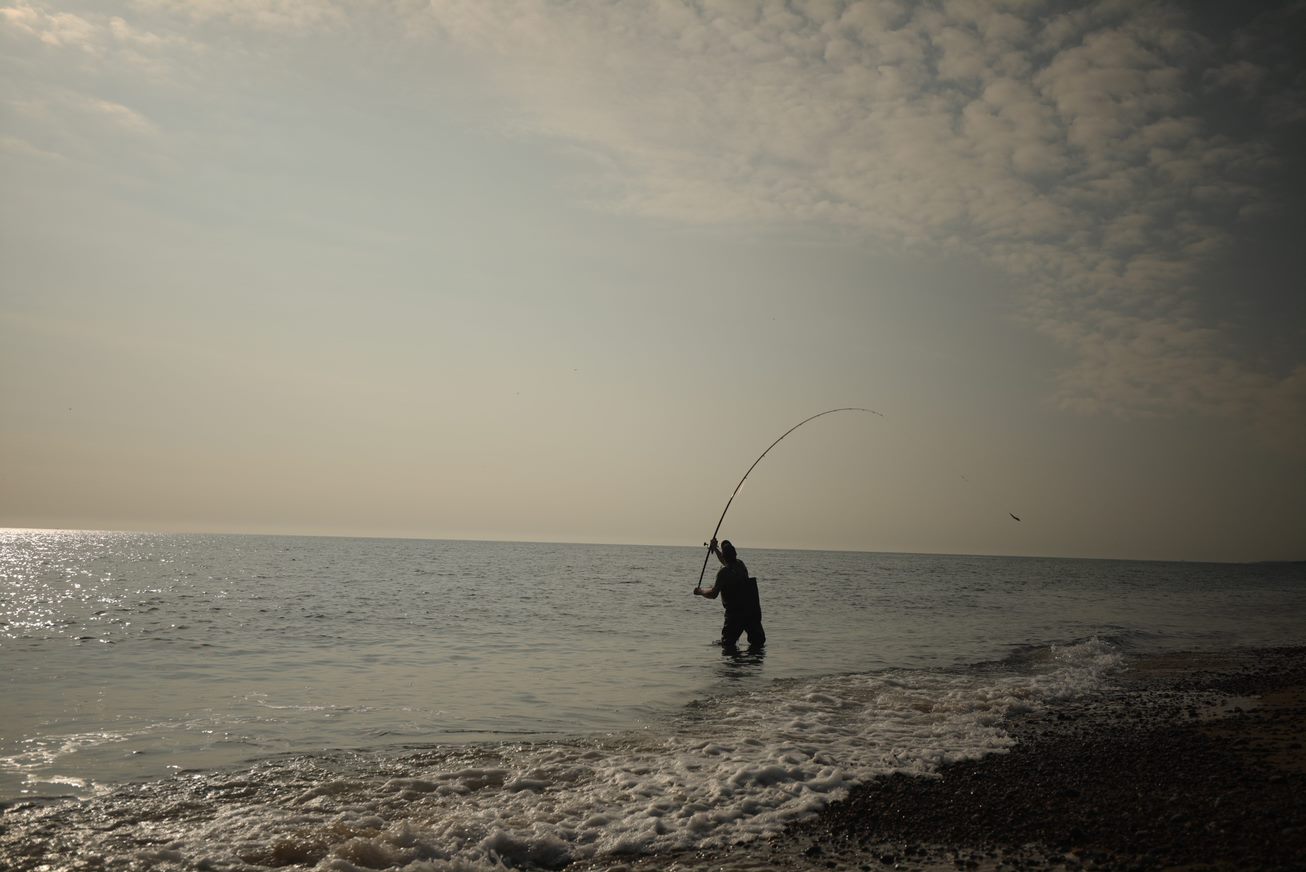Wolffish| Fish Species Guide | Angling Direct

Wolffish
aka Anarhichas lupus
With a long, cylindrical eel-like body, the wolffish is also known as the Wolf Eel, Devil Fish, Ocean Catfish and Woof Fish due to being not the prettiest fish in the sea. Located on both sides of the North Atlantic Ocean, wolffish are found in European, Scandinavian and Mediterranean water but are mostly fond of colder waters. The wolffish has a dark grey back with a blueish tint, while its flanks and belly are a greenish-brown colour. Along their flanks, they have 9-13 dark vertical patches.
Despite their less-than desirable appearance, many ecologists agree that the Atlantic Wolffish plays an important role in maintaining balance and stability for sea life. They regulate population levels of urchins as well as invertebrate such green crabs.
Stats
Status
Habitat
Primarily stationary fish, rarely leaving their rocky habitats.
Bait
Sea urchins, crabs & large marine snails.
Native or Invasive
Native
Where
Preferring low temperatures, wolffish swim in the North Atlantic, off the coasts of the UK, Iceland and Greenland.
 Catch Experience
Catch Experience
Video
Blog Highlight
Guide to Beach & Sea Fishing Bait, Fresh or Artificial?
As with any fishing discipline, sea fishing bait is of paramount importance, anglers spend considerable time planning their next session; what tackle to use, line, rigs etc, but you have to remember the only thing the fish are actually interested in...
Read More